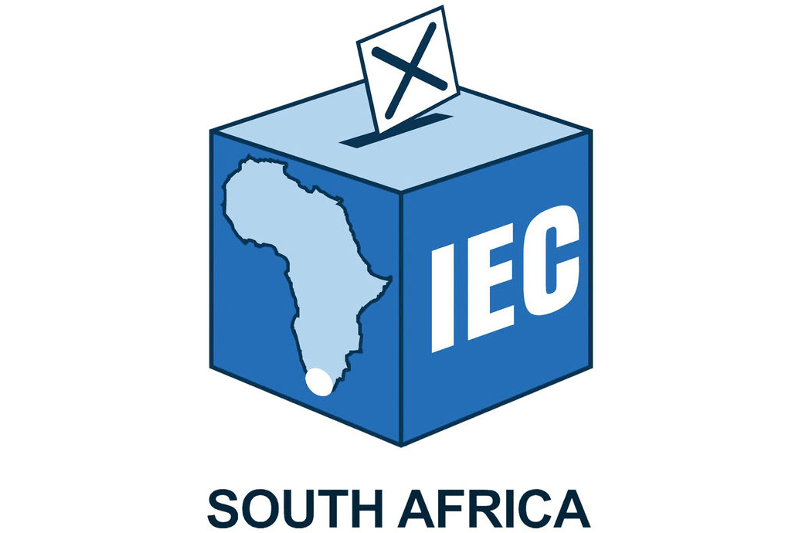ELECTIONS
During the upcoming national and provincial elections, you can vote at any station countrywide but, if you vote at a station outside the province in which you're registered, you can only cast a vote in the national ballot.
It is the role of every registered voter to understand how voting districts work. The Electoral Commission of South Africa (IEC) defines a voting district as a geographical area that is drawn to minimise fraud, and to make administration more efficient.
According to the IEC an example of electoral fraud is when registered voters vote more than once in an election.
“You can only vote once in each election. Each voting district is serviced by one voting station only. You may only register and vote in the voting district in which you live. Once registered, your name will appear only on the Voters’ Roll for the voting district at which you registered. This minimises the possibility of a voter voting more than once in an election,” the Commission explained.
How are voting districts determined?
Voting districts are delimited to minimise voter inconvenience such as voters having to stand in long queues at voting stations and to assist the IEC in logistical planning.
Delimiting is the process of establishing electoral borders for election purposes.

Voting districts are principally determined based on geographical size and number of eligible voters.
“Urban voting districts contain about 3 000 voters located within a radius of approximately 7.5 km of the voting station. Rural voting districts accommodate about 1 200 voters located within a radius of some 10 km of the voting station,” the IEC explained.
Why do voting districts change?
According to the IEC, many voting districts change shape due to various geographical, population and political changes that take place between elections.
When delimiting voting districts, the IEC accesses various data sources including topographic, census information, as well as information supplied by the Surveyor-General, the Department of Land Affairs and Statistics South Africa.
“Before an election, our municipal representatives inspect maps of voting districts in municipalities to align the geography of voting districts with local geographic, settlement, demographic and political changes that may have occurred since the previous election,” said the Commission.
Voting districts must also be aligned to new boundaries determined by the Municipal Demarcation Board. The IEC’s municipal representatives also locate and confirm voting stations in each voting district. This is done in conjunction with municipal political party representatives.
How do I know if my voting district has changed?
You can check your voter registration status on the IEC website. All your registration details will be displayed, including your voting district and station.
If you have moved to a new home, you're most likely in a different voting district. To find out, go to the IEC website (online voting station finder) and search for your street name or suburb.
The map will display your voting district boundaries and the location of your voting station. ¥
For more information, visit www.elections.org.za, call 0800 11 8000 or email: infor@elections.co.za.



 Facebook
Facebook Twitter
Twitter WhatsApp
WhatsApp